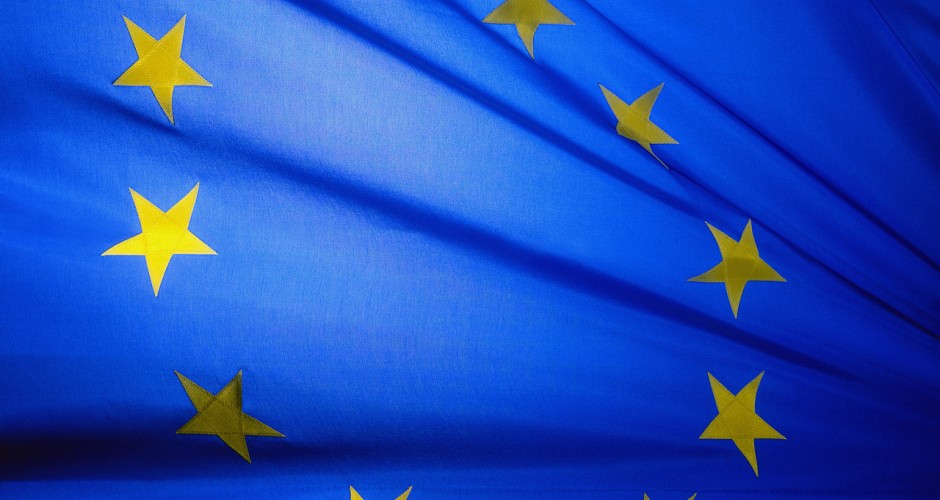The European Union is by far the most advanced region of the world in its usage and implementation of electronic invoicing standards and regulations. Despite this region’s progress, there is still more to do. Other countries like Brazil, Mexico and Argentina have also made significant progress in establishing regulations around eInvoicing, however, they are very much different to the EU (We’ll come back to this region in a future article).
The European Commission (“EC”) estimates that 30 billion invoices are printed in Europe each year and that its eInvoicing initiative has the potential to save businesses around €65 billion per year while reducing the ecological footprint by 3 million tons of CO2 per year.
Let’s start with the EC’s definition of eInvoicing – “the electronic transfer of invoicing information (billing and payment) between business partners (supplier and buyer).” For an invoice to be considered an electronic invoice, it must be issued and received in an electronic format. This includes invoices as structured messages (such as XML) or other types of electronic format (such as an email with a PDF attachment or a fax received in electronic not paper format). However, not all invoices created in an electronic format are considered “eInvoices” by the EU. For example, those invoices created in an accounting solution and then are printed out, sent, and received on paper are not considered eInvoices.
While there has been a significant amount of regulatory activity this year [Jan. 1, 2013 was the deadline for implementing an EU Directive set in 2010 (directive reference: 2010/45/EU)], it is important to understand some of the initial Directives that were set by the EU (in 1999, 2001, 2006 – yes, they’ve been at this for quite some time). The earlier regulations were focused on ensuring authenticity of origin, integrity of data, and making sure that buyers and suppliers meet the tax and archiving requirements of each country. These rules set the foundation for eInvoicing in the EU, while also making it quite complex. Here are five things you should know about eInvoicing in the EU:
1. VAT Compliance: Under the directives, individual member states (i.e. the different EU countries) can no longer impose conditions in relation to the use of eInvoices. This was done to encourage eInvoice usage by allowing buyers and suppliers to determine for themselves how to ensure authenticity of origin, integrity of content and legibility of eInvoices. As a result, eInvoices and paper invoices are now viewed as legally the same type of document and it falls to the trading partners to ensure that invoice data is in compliance to each participating country’s tax rules.
2. Authenticity of Origin – This rule refers to the mandated guarantee of the identity of the supplier or the issuer of the invoice. The rules set forth that the obligation now falls to both supplier and buyer to ensure the authenticity of invoicing entity (or supplier).
3. Integrity of Content – This does not relate to an invoices format, it is to ensure that the invoice content has not been altered. So the invoice can be converted into different formats during issue or receipt, however, all conversions must be logged in an audit trail when using eSignatures.
Additional notes on rules 1 – 3: Both suppliers and buyers can choose how authenticity, integrity and legibility of an invoice is proven, however, three examples are provided in the Directive as ways to ensure this:
- Business controls & reliable audit trails – Invoices must reflect the actual supply of goods or services; this can be done via an automated process such as matching and validation to purchase orders and receipt of products. A clear audit trail between the creation of the invoice and the supply of goods and services must exist, however, it is the choice of the business (whether supplier or buyer) as to how the invoice accurately reconciles. Similar controls and processes around creation, recording and maintenance of eInvoices and assurance that VAT content remain unaltered.
- Electronic Signature – based on a qualified certificate and created by a secure signature creation device
- Electronic Data Interchange (EDI)
4. Legibility – In order to meet the legibility requirement, an eInvoice must be readable by a human and must remain so until the end of the storage period. Interestingly, EDI / XML data files are not considered readable by humans.
5. Storage of Invoices – Archive of invoices must be in compliance with each specific country’s tax rules. The invoice information must be easily accessible to the different tax authorities. Each EU country determines the amount of time that eInvoices must be stored. There are no requirements as to the language in which an invoice is stored however, translations can be requested during an audit.
We hope that the five bullets above provide a baseline of context for eInvoicing in the EU in 2013 – The EC has made strong strides forward in standardizing practices across the different member states. That said, it is still quite complex.
If you have any questions about these or other related issues, please email us and we’ll see if we can help.







